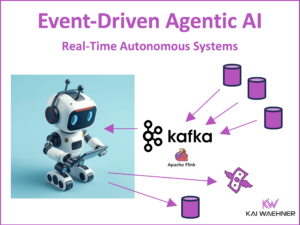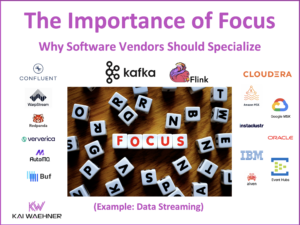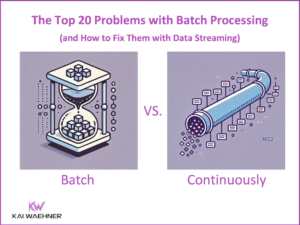Slides online: “NoSQL takes over! Alternatives for Integration of NoSQL databases” – NoSQL Roadshow Zurich
Slides from my talk at NoSQL Roadshow 2013 in Zurich are online. NoSQL Roadshow is a great event series by Trifork, which offers a lot of NoSQL sessions and events all over the world.





